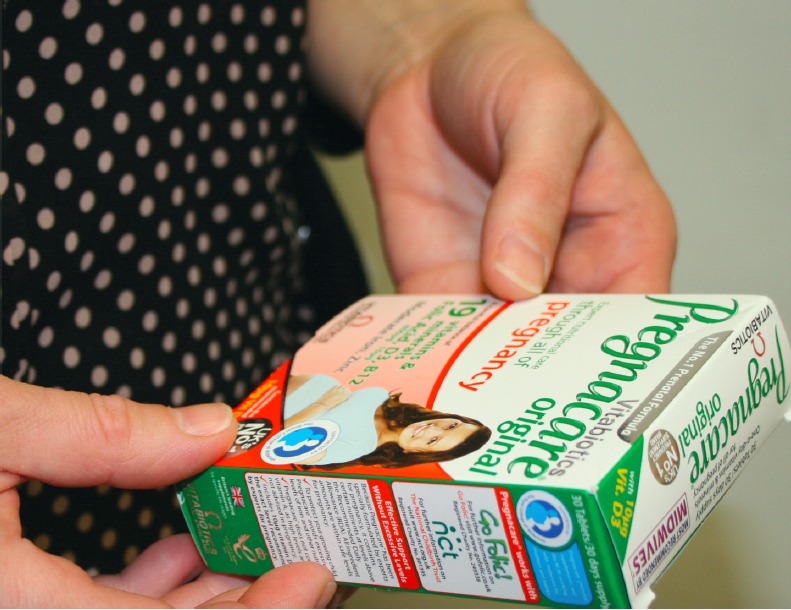
This content was published in 2013. We do not recommend that you take any clinical decisions based on this information without first ensuring you have checked the latest guidance.
A. The thalassaemias are a group of inherited blood disorders. In healthy individuals globin production is tightly regulated and results in a tetramer of 2α and 2ß globin chains, haemoglobin, which is responsible for the transport of oxygen around the body. In thalassaemia, globin production is abnormal and the condition can be classified into two main types, α or ß, depending on the affected globin chain(s). These types can be further divided according to severity, which is generally determined by the number of chains affected. So, for example, thalassaemia can also be described as minor (or “trait”), intermediate or major. Thalassemia is an autosomal recessive condition and so it is possible to be a carrier of the gene. These people are described as having thalassaemia trait.
Prevalence and prognosis
The most severe of the thalassaemias is ßthalassaemia major and around 1,000 people have this type in the UK. Milder forms are much more common. It has been estimated that 1.5 per cent of people are carriers of ß thalassaemia and 5 per cent are carriers of α thalassaemia. All racial groups may be affected although those at highest risk have Mediterranean, Middle Eastern and, in particular, South Asian ancestry.
A defect in haemoglobin can lead to anaemia (see Panel 1 for typical signs) and ineffective erythropoeisis. Symptoms vary. For example, in ß-thalassaemia both haemoglobin and red blood cell population are reduced, leading to hypochromic microcytic anaemia (ie, small, pale erythrocytes). This may be mild or asymptomatic in carriers or severe in patients with ß-thalassaemia major. In women with ß-thalassaemia trait pregnancy can precipitate symptomatic anaemia (see later). Similarly, patients with α-thalassaemia may be asymptomatic or suffer from chronic anaemia.
The complications of thalassaemia include slowed growth, bone problems (eg, osteoporosis), and enlargement of the spleen, liver and heart. The prognosis for people with thalassemia depends on the type and severity. Life expectancy for those with thalassemia trait may be unaffected whereas thalassemia major can cause a significant reduction along with increased morbidity. In pregnancies where all four α-globin chains are affected intrauterine death or death soon after birth occur.
Diagnosis
Thalassaemia may be indicated by blood tests (identifying anaemia) and further tests will show an abnormality in haemoglobin. Genetic testing may confirm the presence of one or more faulty genes that code for α- or ß-globin.
Genetic counselling plays an important role in any testing.
Treatment
The treatment of thalassaemias varies depending on its type and severity. Patients with ß-thalassemia trait may require no treatment but those with more severe forms will require blood transfusions throughout their lives to treat anaemia and prevent associated complications. Those with ß-thalassaemia major may require transfusions every two to four weeks, whereas those with ß-thalassaemia intermedia may not need such frequent transfusions. Splenectomy may be indicated in patients with ß-thalassemia intermedia or major.
In patients receiving regular transfusions, iron chelation therapy is essential due to the inevitable development of iron overload. Untreated, this can cause widespread organ complications ranging from hepatic disease and cardiac disease to diabetes. There are currently three iron-chelating therapies available in the UK, desferrioxamine, deferiprone and deferasirox. Desferrioxamine is given by subcutaneous infusion whereas deferiprone and deferasirox are oral formulations.
Patients who do not receive regular transfusions should receive folic acid (1 to 2mg per day orally) because of increased erythropoiesis. Patients should also be monitored and receive treatment for osteoporosis if required.
Haematopoietic cell transplantation is a potentially curative treatment for patients with ß-thalassemia major but not all patients will be suitable for transplant and there are significant risks associated with the procedure.
Iron
Even in patients who do not receive blood transfusions there is a risk of iron overload. This is caused by increased gastrointestinal iron absorption which may develop as a result of ineffective erythropoeisis and chronic anaemia. As a result, some patients may be advised to avoid iron supplements and foods that are rich in iron.
Patients may well be recommended other supplementation, in addition to folic acid, including calcium and vitamin D.
Pregnancy
The development of anaemia due to a change in plasma volume is common in all pregnant women. However, in those with ßthalassemia trait, pregnancy can occasionally precipitate anaemia too, and blood transfusions will be required. It is important to be aware that anaemia in such patients may be misdiagnosed as iron deficiency and inappropriately treated with iron replacement. Iron deficiency should be confirmed before iron replacement.
Pregnant women with thalassaemia should be referred to a haematologist for assessment and monitoring. They may also be referred to a specialist centre. This patient may well need an iron supplement but she should first be referred to her GP. Pregnant women should take a folic acid supplement up to the 12th week of pregnancy but this patient’s doctor may decide she needs a dose higher than 400μg.
Antenatal testing for thalassaemia is available in areas with large South Asian communities either via a questionnaire to assess the risk of thalassaemia or via maternal blood testing. If an expectant mother is a thalassaemia carrier the father will be tested, too. Direct fetal testing is also available in some specialist centres in the UK.
Signs and symptoms of anaemia
- Tiredness
- Pallor
- Shortness of breath
- Dizziness
- Headache
- Cold hands and feet
- Chest pain
- Poor appetite
- Dark urine
- Arrhythmias
Key points
- Thalassaemia is an inherited condition affecting haemoglobin production. The most common outcome is anaemia but complications include spleen enlargement and bone problems.
- Treatment depends on the severity of the thalassaemia but may involve regular blood transfusions.
- People with thalassaemia may be advised to avoid iron supplements because they are at risk of iron overload.
- Carriers of the thalassaemia gene may be asymptomatic but pregnancy can precipitate anaemia and there is a chance that this may be inappropriately treated with iron replacement.
You might also be interested in…
How to select the right mouthwash

Is minoxidil a good option for alopecia?
